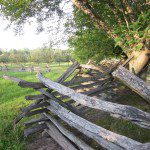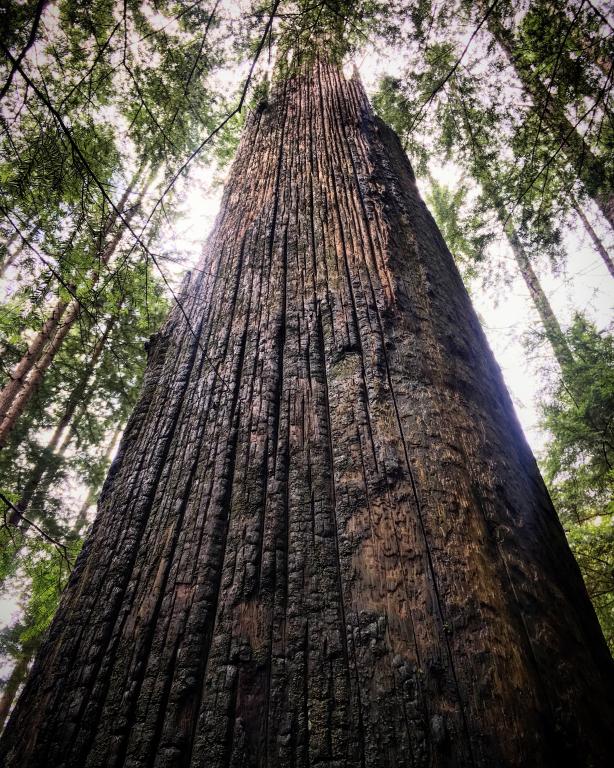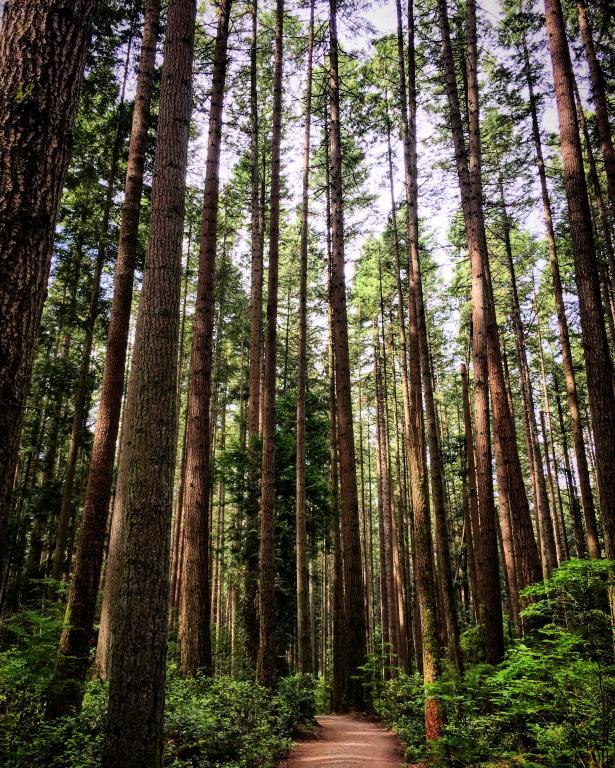
Between Puritan Landscape and Wilderness
Upon purchasing a new piece of land, New England settlers would clear about two thirds of it to make way for homes, barns, workshops, pasture, fields and orchards. The remaining third was left forested to provide firewood and building materials. When Joseph Smith senior began making payments on 100 acres in the frontier town of Manchester, New York in 1817 his family began the back breaking work of carving a farm out of an old growth forest that had been largely untouched by the ax and plow. By 1820 they had completed a small log home and 30 of the 100 acres had been converted into orderly rows of orchard, fenced-in fields and pasture.
As the Smith’s struggled to make payments on their farm, New York was in the throes of the Second Great Awakening and like many Americans Joseph Smith Jr. had deep anxieties about his personal salvation. Around the spring of 1820, Smith, like so many mystics before him, went into the forest, to pour out his heart to God regarding the state of his soul. The vision that he reported changed the course of Smith’s life and made him into a visionary and a prophet for many thousands of people who are today called Mormons. In the earliest account of the vision, recorded in 1832 Smith refers to the grove as “wilderness;” a Biblical word that for New England Puritans invoked unease rather than the sublime. In a later interview for the New York Spectator in 1843 Smith said of the place, “I immediately went out into the woods where my father had a clearing and went to the stump where I had struck my axe when I had quit work and I kneeled down and prayed.”
These two different framings of the grove of Smiths mystical encounter are significant. As theologian of place Philip Sheldrake suggests, “The marginal ground between fixed places is where God is most often encountered” (Sheldrake 2001: 34). In this case, God was encountered between managed and yet-to-be-managed broadleaf forest. Smith’s “wilderness” expresses the deep colonial anxiety about the dark, vast and lush blank slate that lay before them; a wilderness that seized the imagination and provoked the young nation into imagining a new relationship to God. It should be remembered that Joseph Smith’s vision occurred in a cultural as well as ecological context; a context of anxious betwixt and betweenedness; between Puritan order and threatening wilderness; between saved and damned; sinner and saint.












